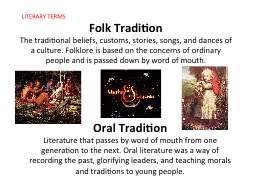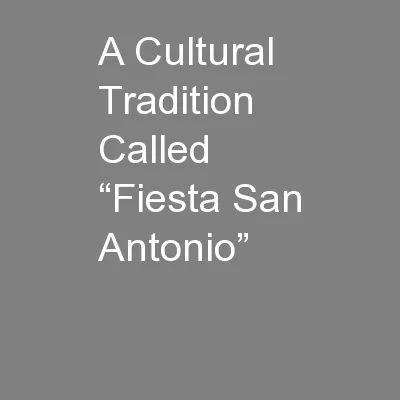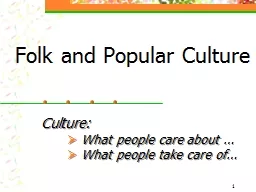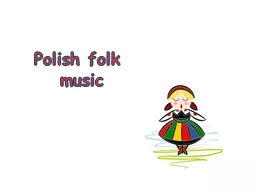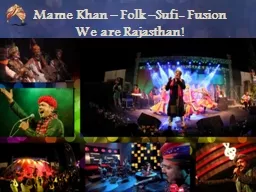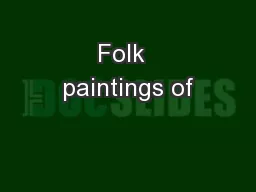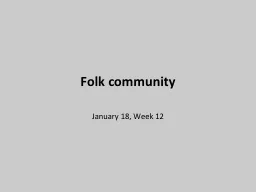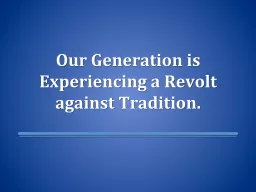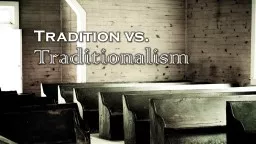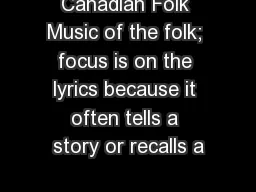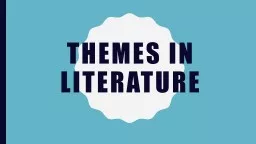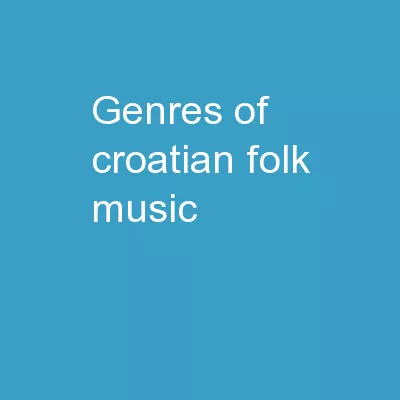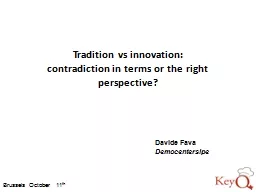PPT-Folk Tradition
Author : tatyana-admore | Published Date : 2016-06-10
The traditional beliefs customs stories songs and dances of a culture Folklore is based on the concerns of ordinary people and is passed down by word of mouth Oral
Presentation Embed Code
Download Presentation
Download Presentation The PPT/PDF document "Folk Tradition" is the property of its rightful owner. Permission is granted to download and print the materials on this website for personal, non-commercial use only, and to display it on your personal computer provided you do not modify the materials and that you retain all copyright notices contained in the materials. By downloading content from our website, you accept the terms of this agreement.
Folk Tradition: Transcript
Download Rules Of Document
"Folk Tradition"The content belongs to its owner. You may download and print it for personal use, without modification, and keep all copyright notices. By downloading, you agree to these terms.
Related Documents

